Forums
D-3800
Post a reply
- Go to Previous topic
- Go to Next topic
- Go to Welcome
- Go to Introduce Yourself
- Go to General Discussion
- Go to Screenshots, Images and Videos
- Go to Off topic
- Go to Works in Progress
- Go to Skinning Tips / Tutorials
- Go to Skin Requests
- Go to IJAAF Library
- Go to Luftwaffe Library
- Go to RAF Library
- Go to USAAF / USN Library
- Go to Misc Library
- Go to The Ops Room
- Go to Made in Germany
- Go to Campaigns and Missions
- Go to Works in Progress
- Go to Juri's Air-Raid Shelter
- Go to Campaigns and Missions
- Go to Works in Progress
- Go to Skinpacks
- Go to External Projects Discussion
- Go to Books & Resources
-
 Main AdminD-3800
Main AdminD-3800
In 1938, Switzerland obtained a license for local production of the MS.406. Two MS.406H fighters were supplied to Switzerland in September 1938 and April 1939 to serve as pattern aircraft as the D-3800, retaining the earlier wing design of the 405, but powered by the newer Hispano-Suiza 12Y-31 engines as used by the MS.406.
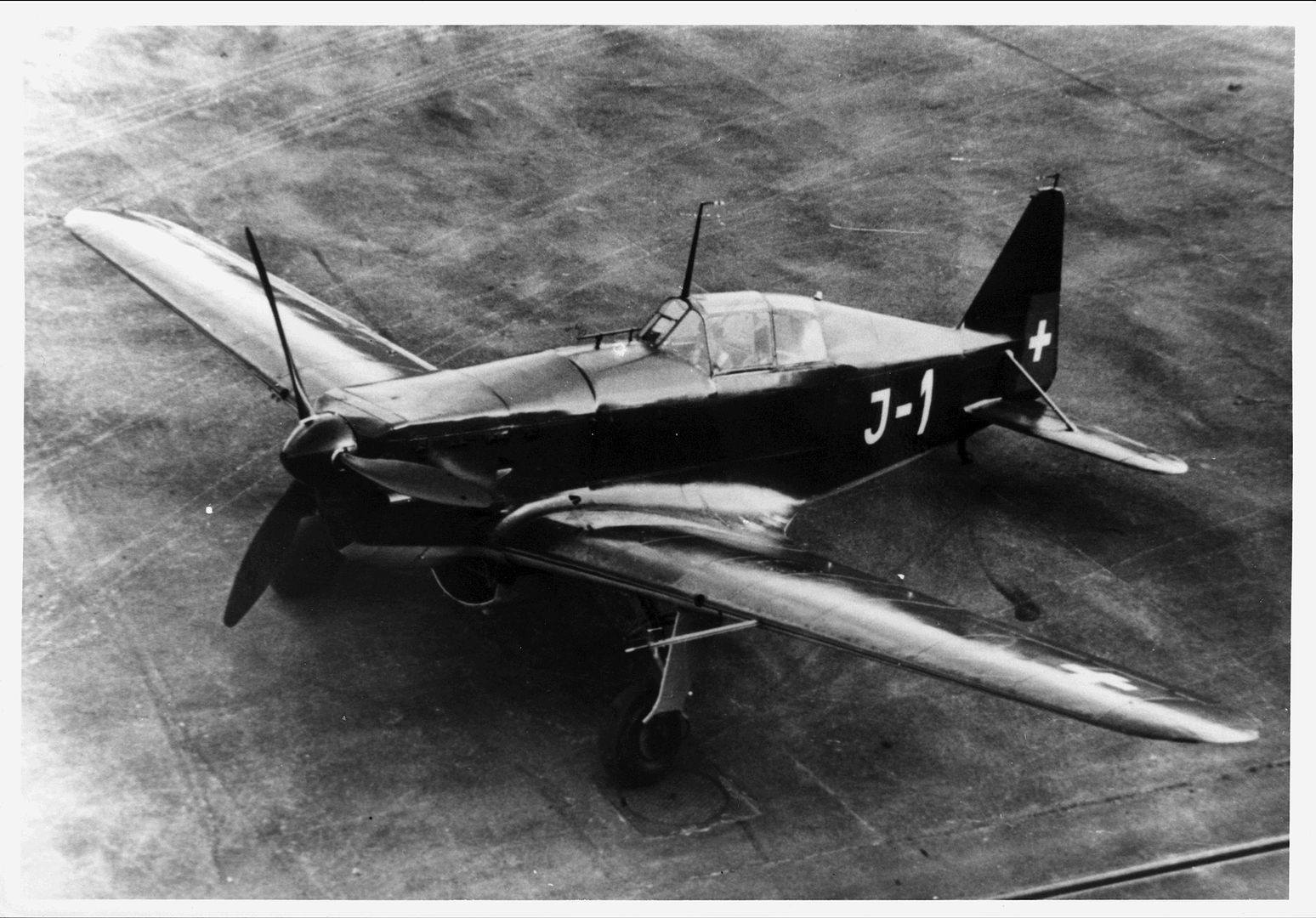
Pre-production started with a run of eight aircraft from EKW with engines built by Adolph Saurer AG driving a new Escher-Wyss EW-V3 fully adjustable propeller. Instruments were replaced with Swiss versions and the drum-fed MAC machine guns with locally designed and built belt-fed guns, so eliminating the wing-bulges of the French version, and avoiding the freezing problems encountered by French guns.

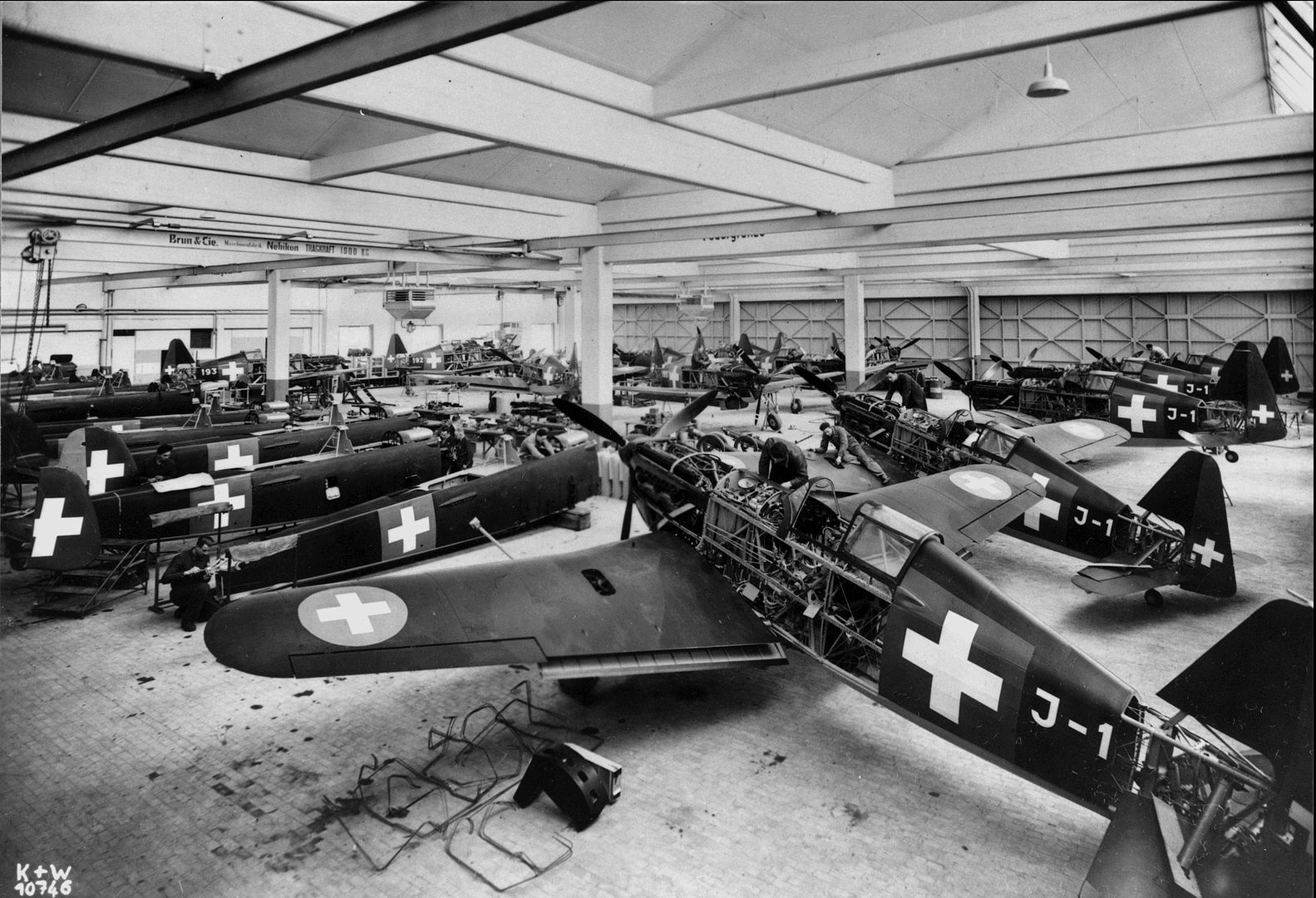
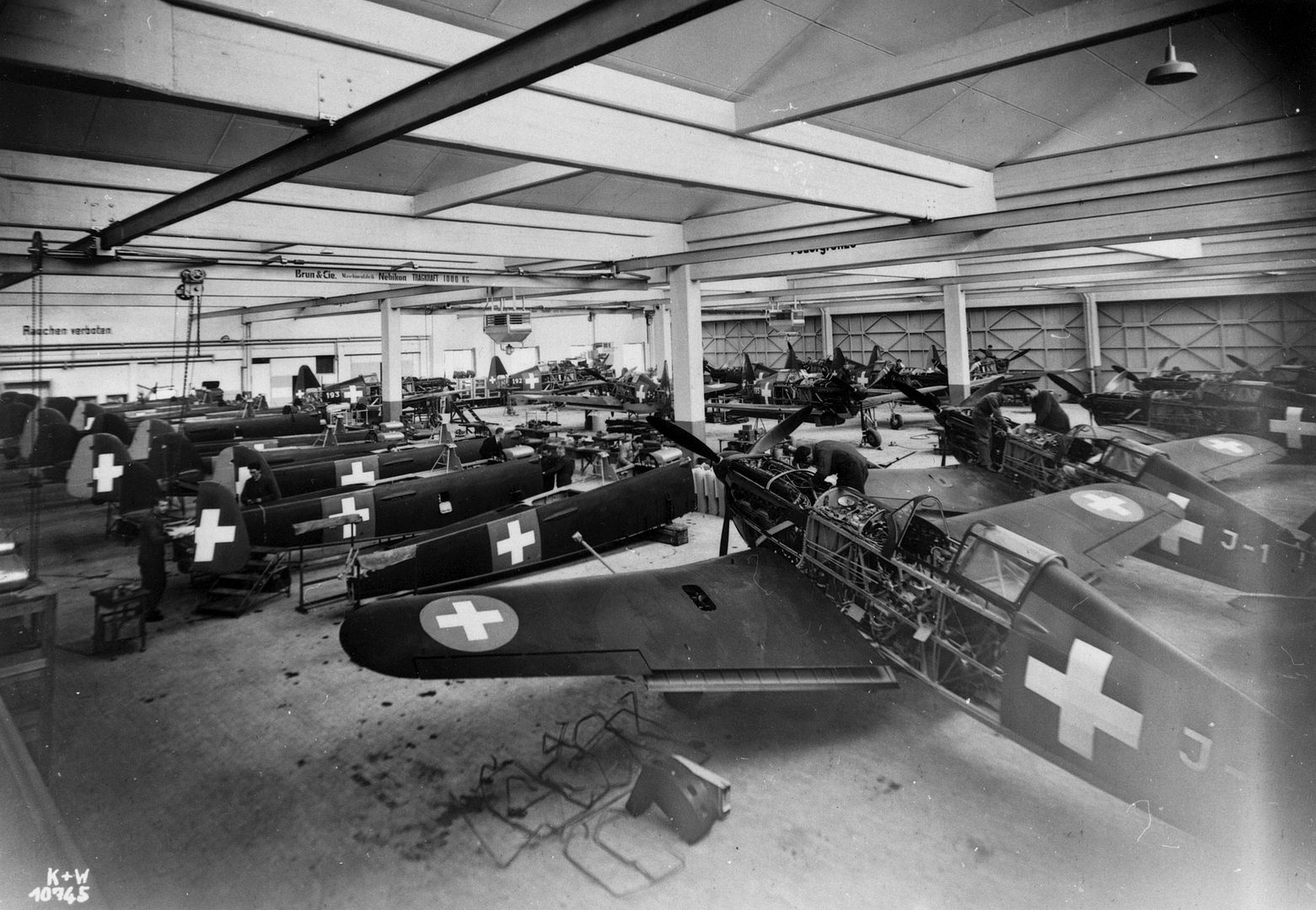
The first of these aircraft was completed in November 1939. The pre-production models were then followed with an order for a further 74 examples, which were all delivered by 29 August 1940. In 1942, a further two were assembled with spares originally set aside for the original production run.
During 1944, surviving aircraft were modified with new cooling and hydraulic installations, and were fitted with ejector exhausts. These modifications were the same standard as the D-3801 series, making them identical with the exception of the engine installation. At the end of the war the remaining aircraft were used as trainers, until the last one was scrapped in 1954.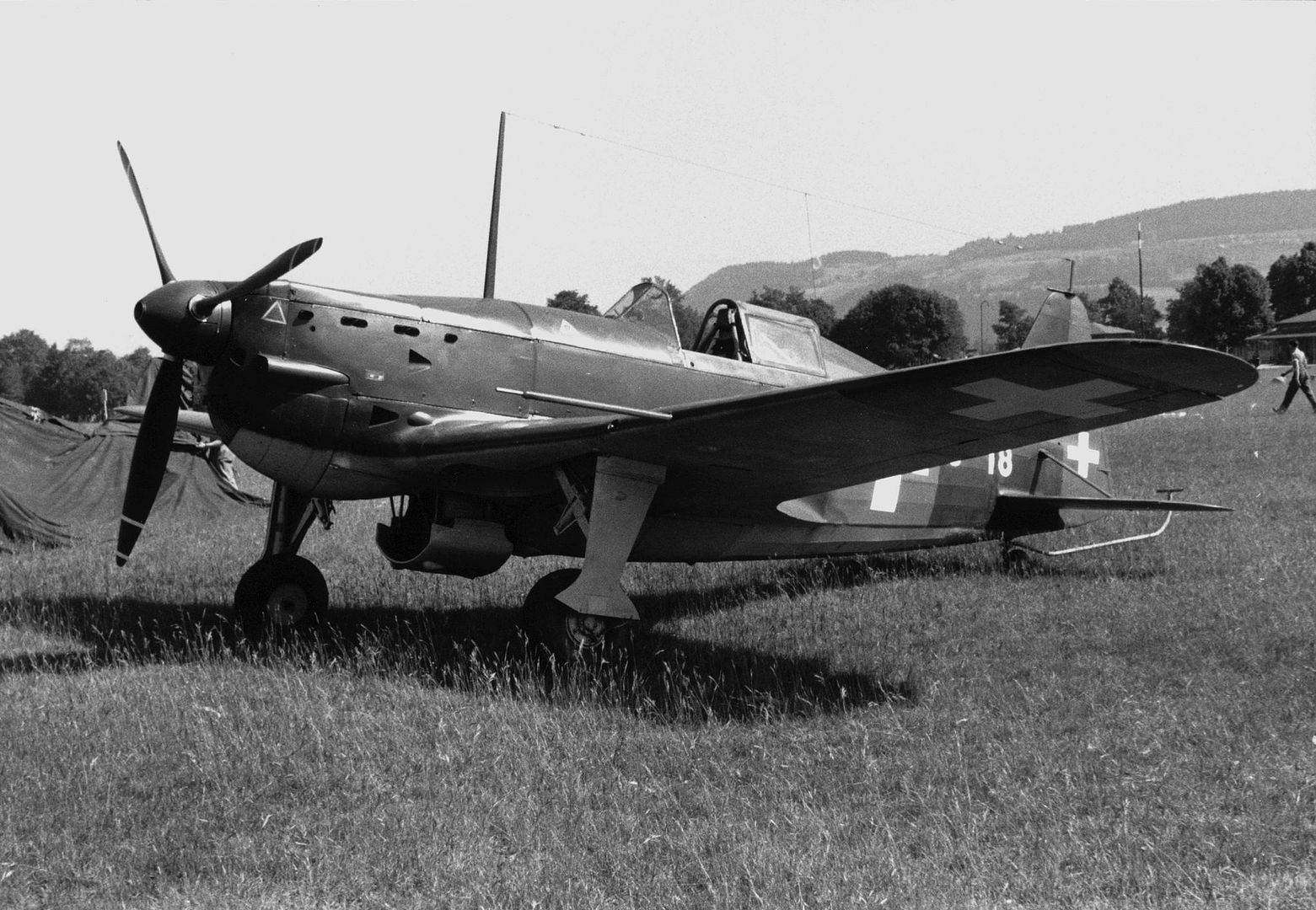
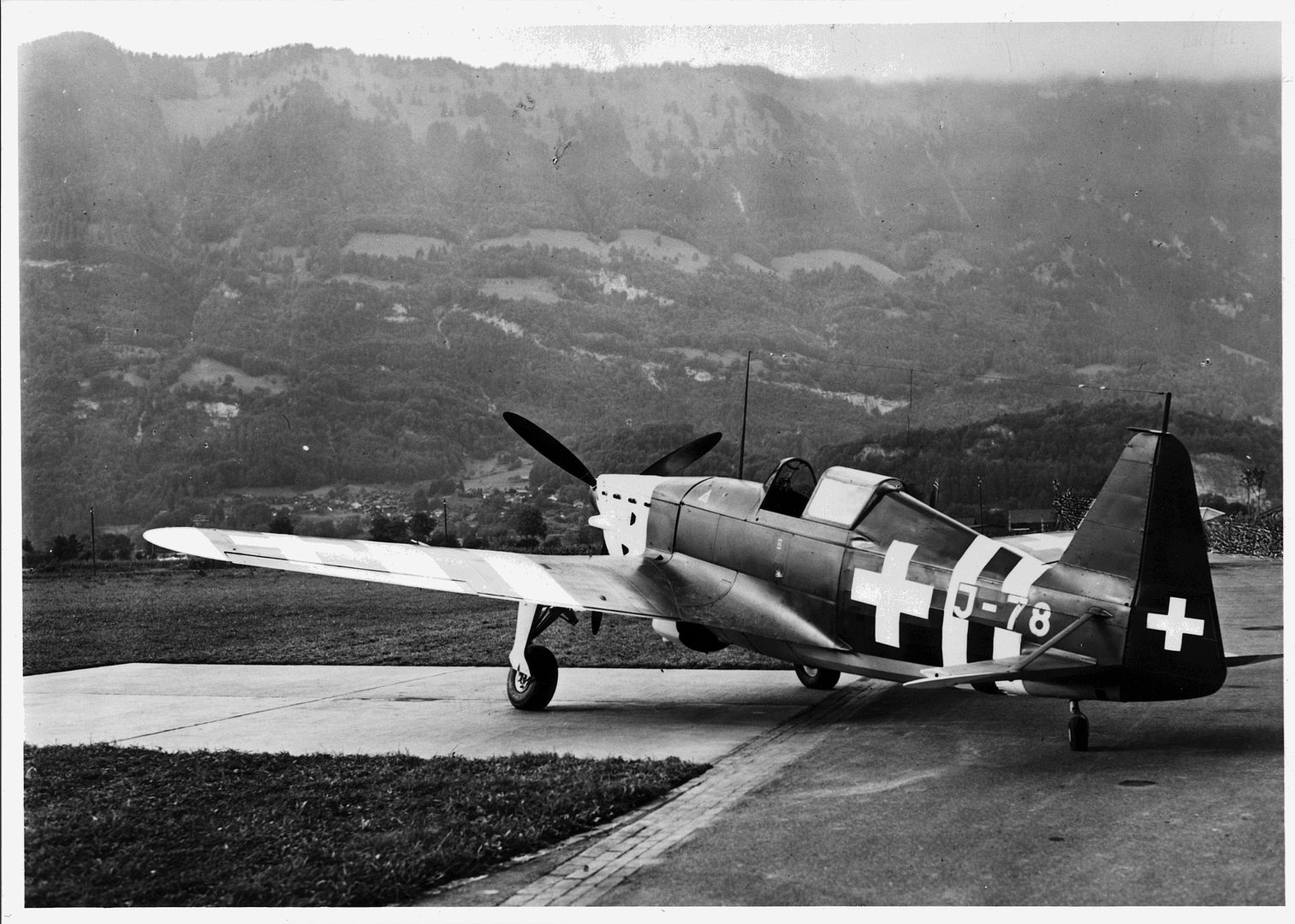
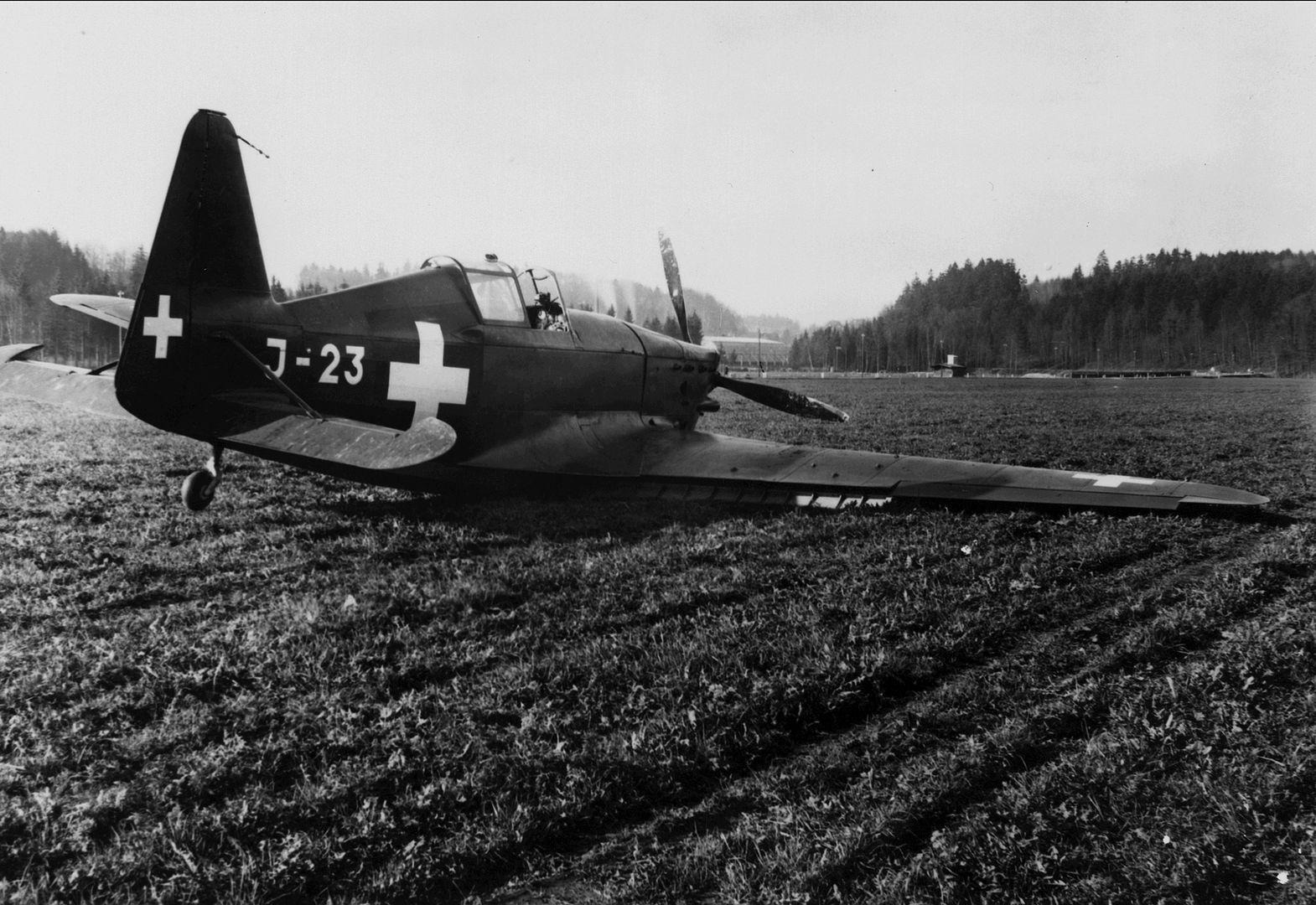
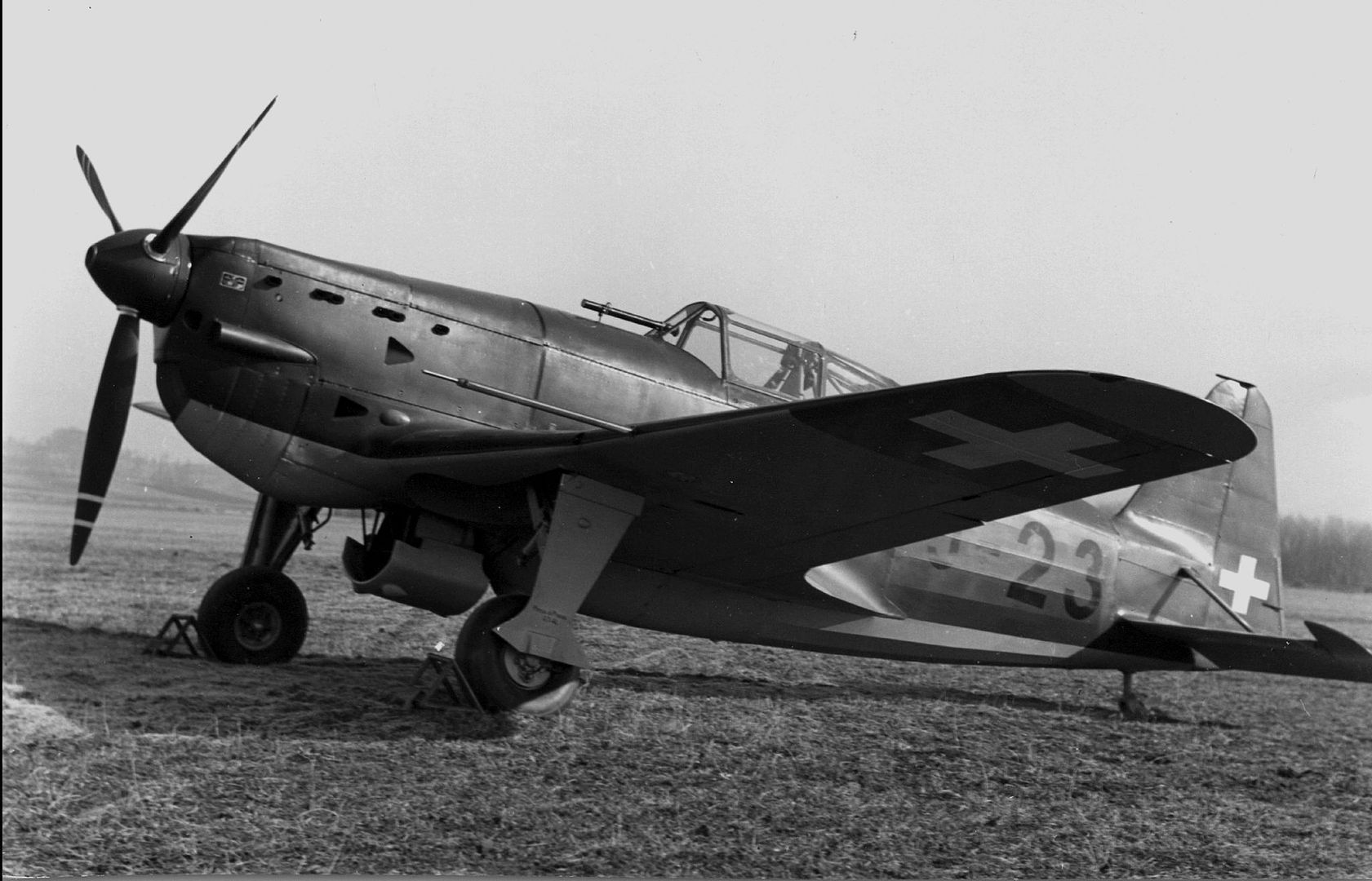
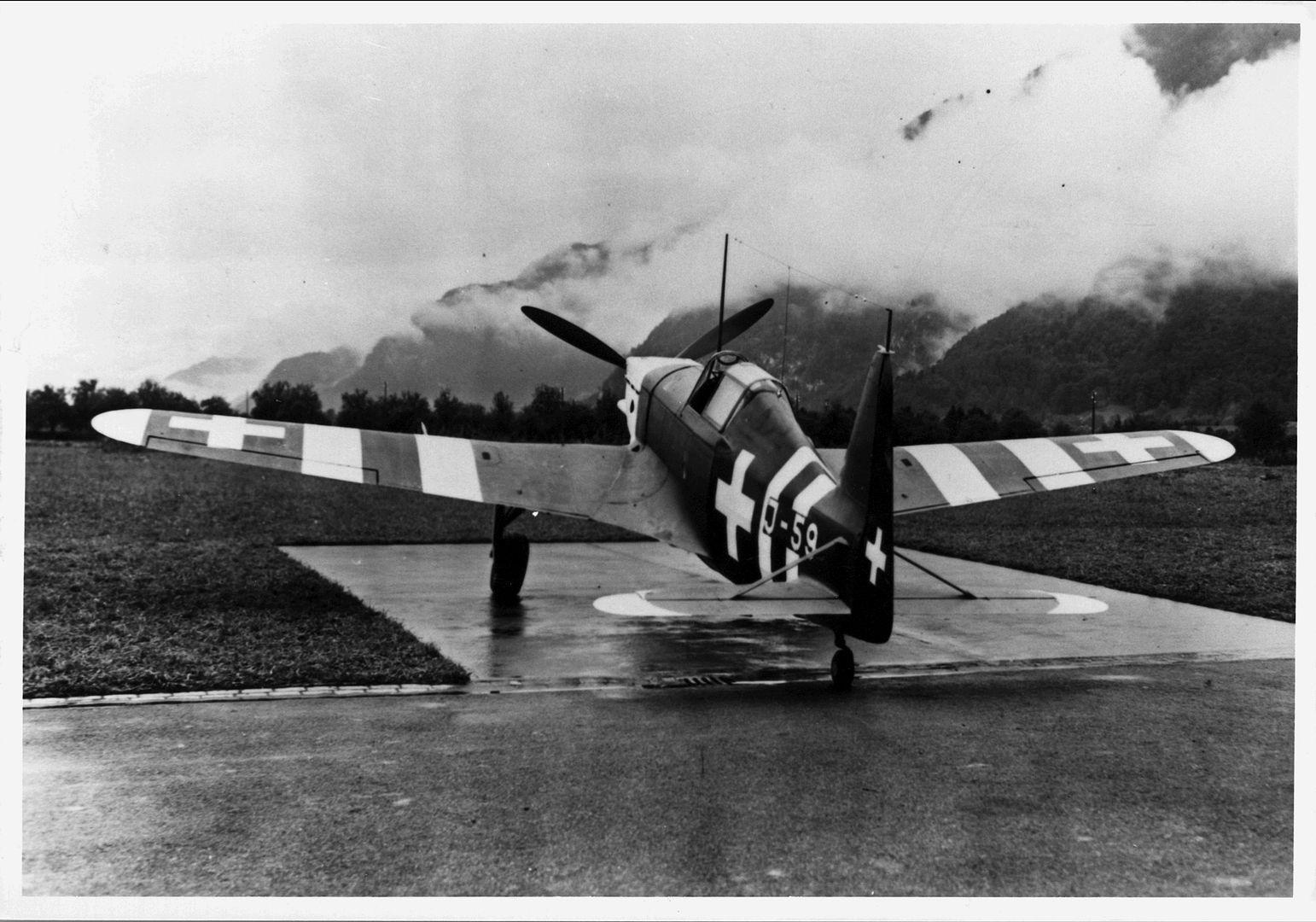
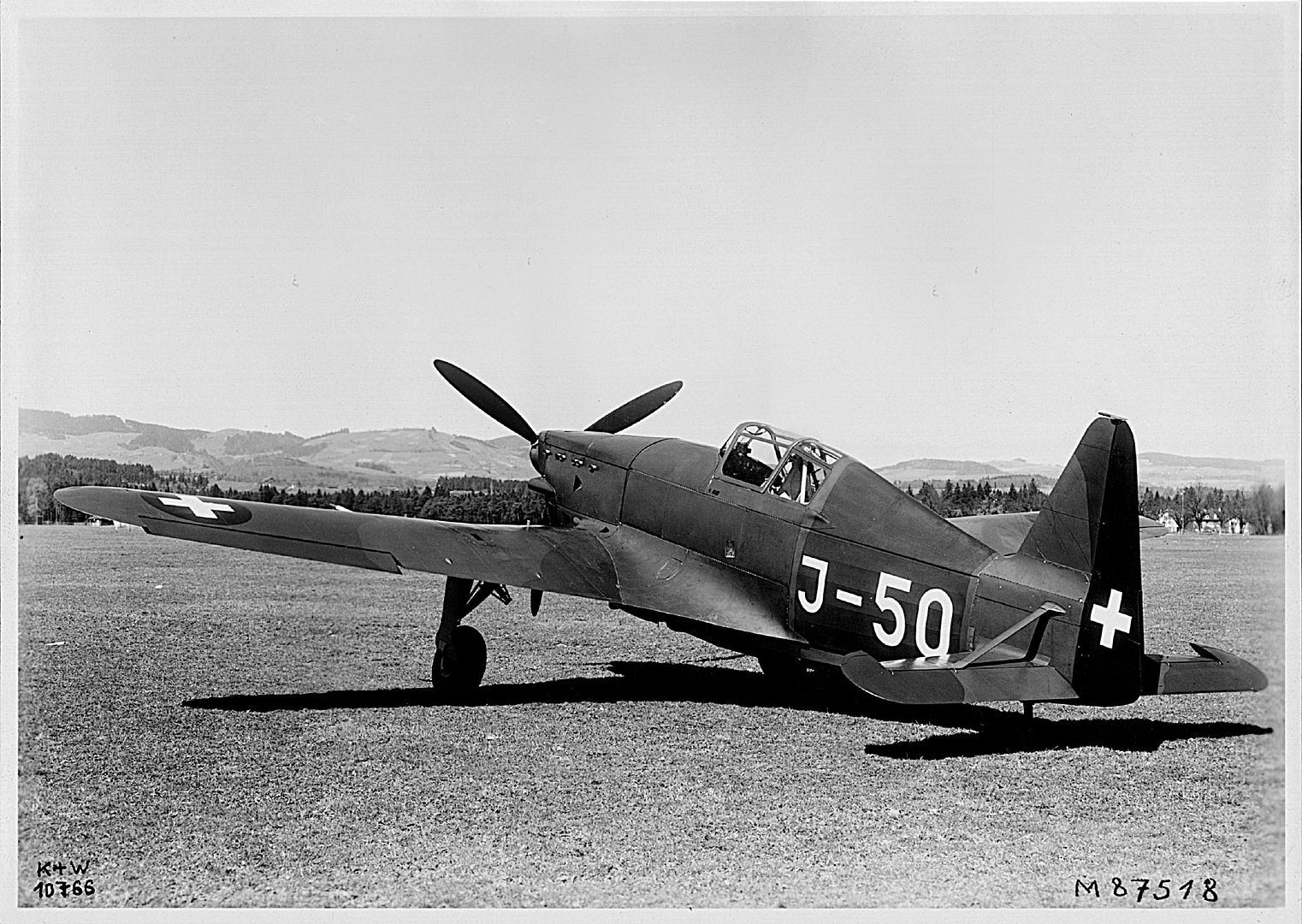
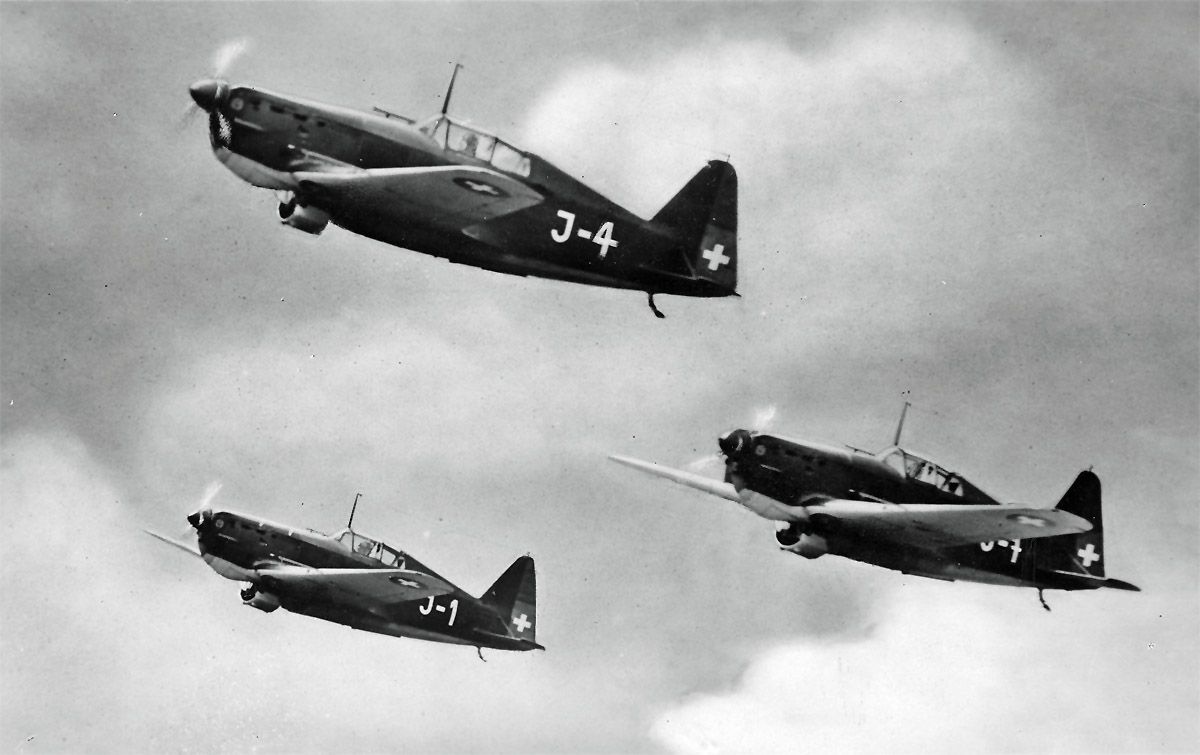
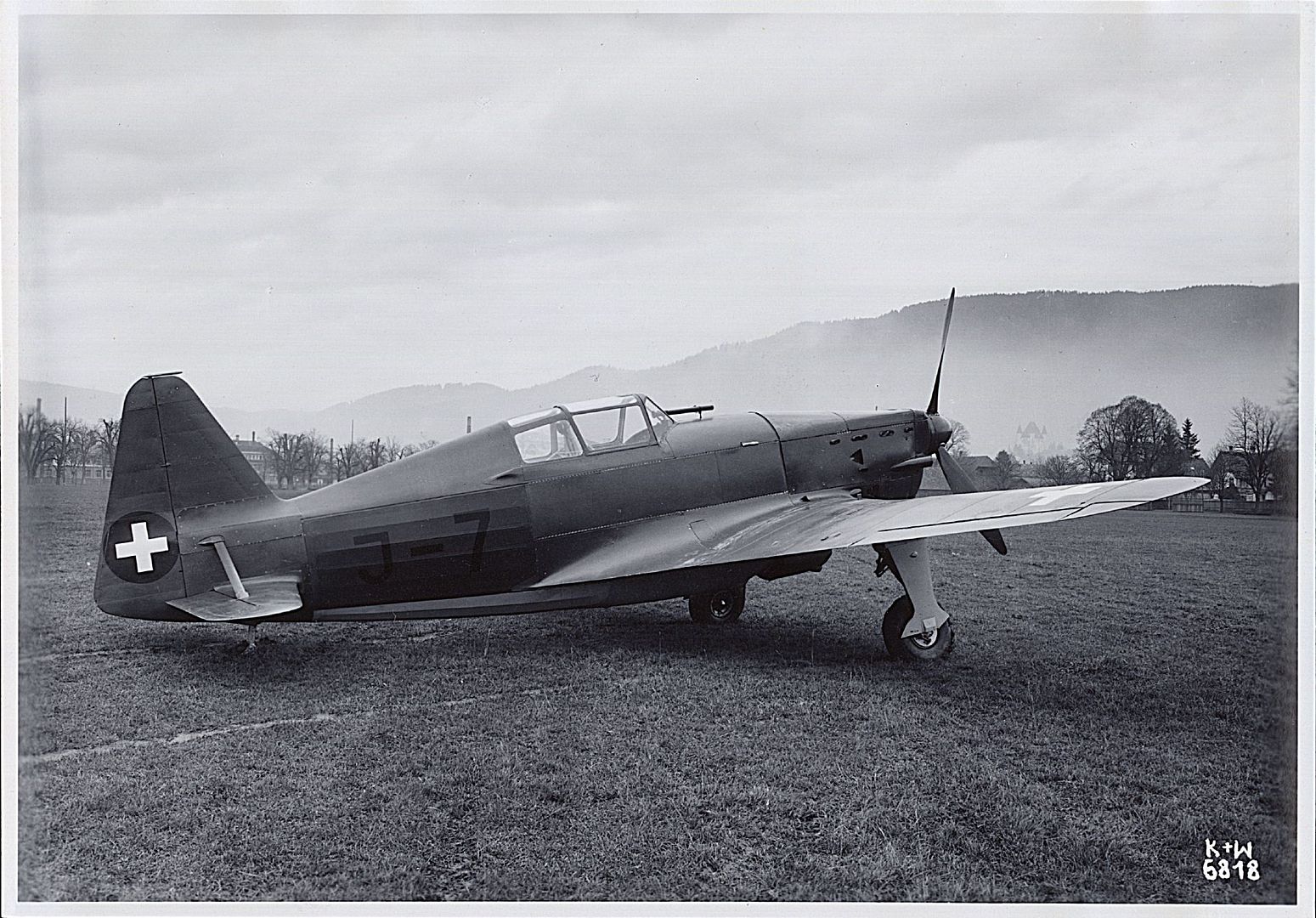



D.3801/3803
The Swiss continued development of the MS.412 when French involvement stopped following the June 1940 Armistice. The Dornier-Altenrhein factory completed a prototype powered with a licensed-produced HS-51 12Y engine, generating 790.4 kW (1,060 hp) together with the fixed radiator and revised exhausts as tested on the MS.411, in October 1940. The new type retained the armament changes and other improvements introduced on the D.3800. This series was put into production in 1941 as the D-3801 with continued deliveries until 1945 with 207 completed. Another 17 were built from spares between 1947 and 1948. Reliability of the new engine was at first extremely poor, with problems with crankshaft bearings causing several accidents. The engine problems slowed deliveries, with only 16 aircraft produced in 1942 and a single aircraft delivered in 1943. The engine problems were eventually resolved in 1944. With 790.4 kW (1,060 hp) from the Hispano-Suiza 12Y-51, the speed was boosted to 534 km/h (332 mph), roughly equivalent to the D.520 or the Hurricane. Weights were between 2,124?2,725 kg (4,683?6,008 lb). After being retired from operational use as a fighter when the North American P-51 Mustang was acquired in 1948, the type remained in service as a trainer and target tug until 1959.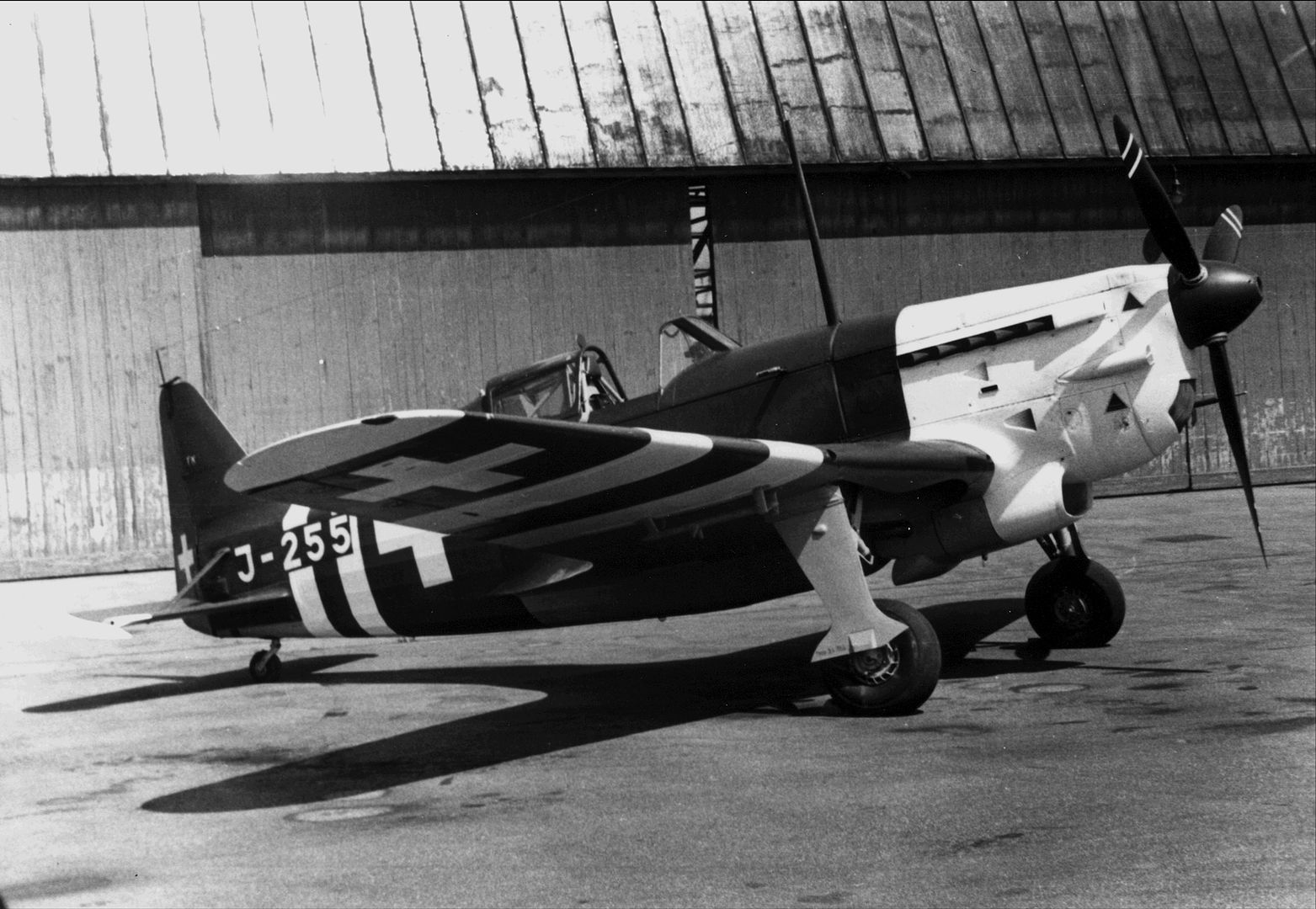
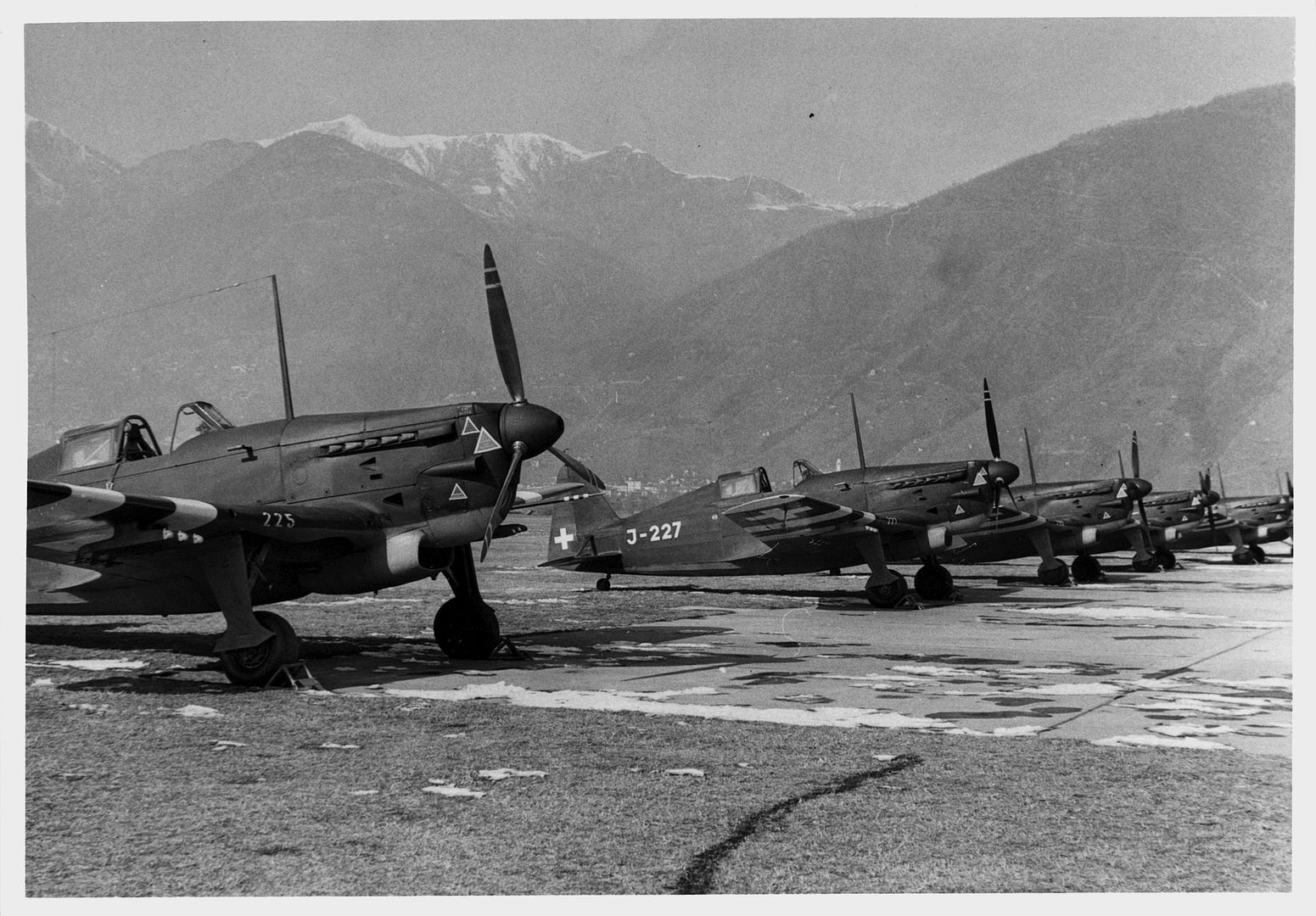
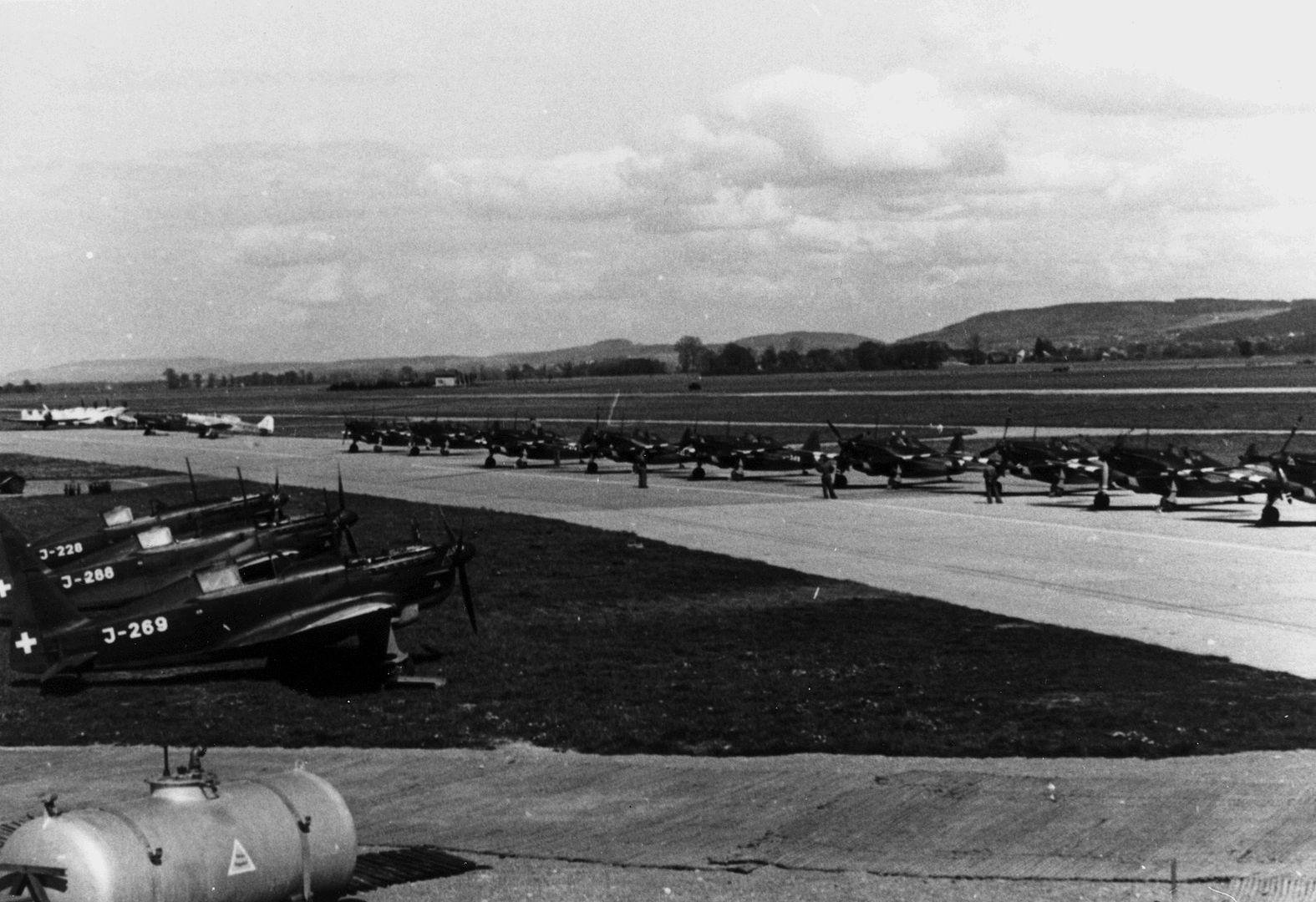
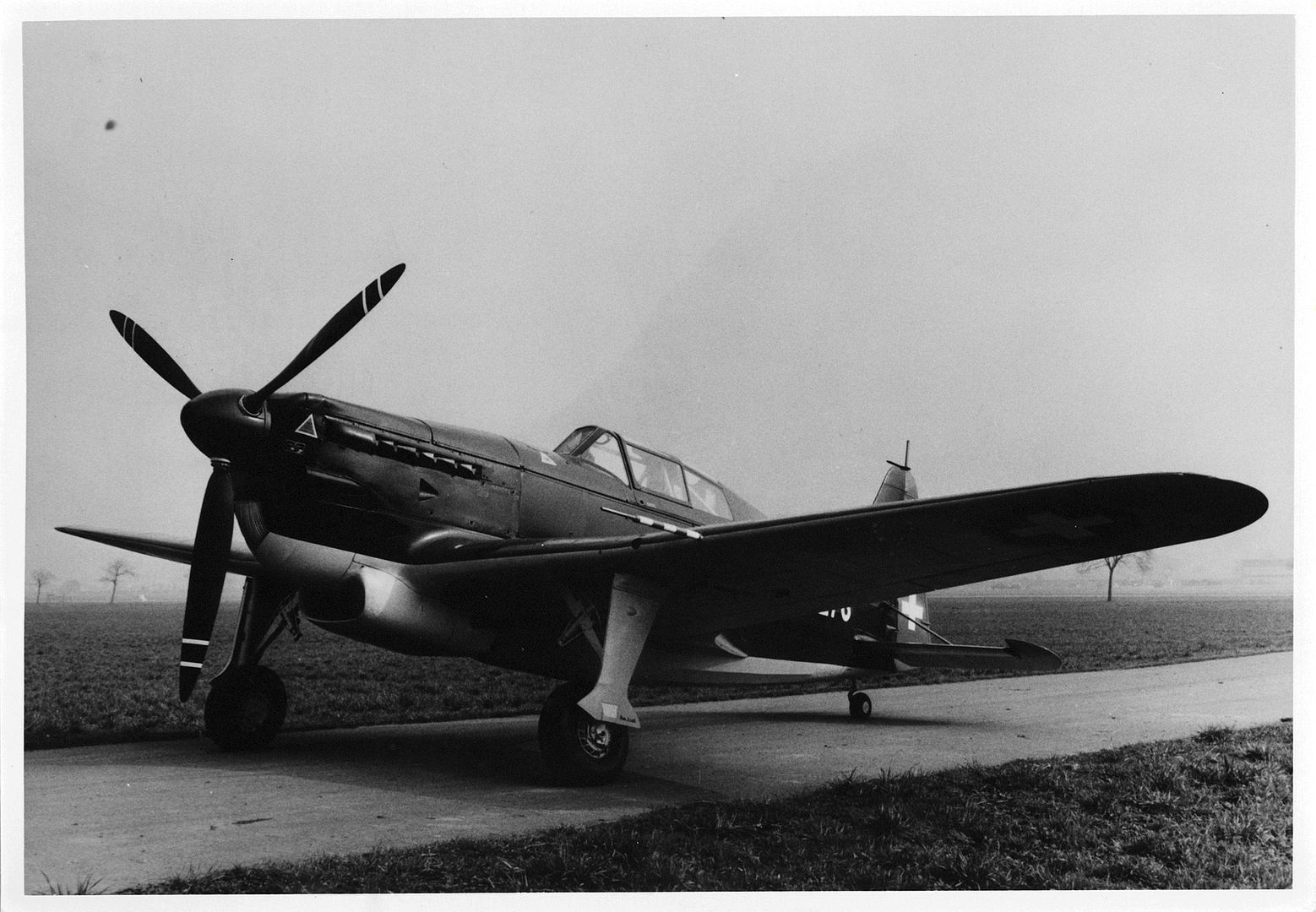

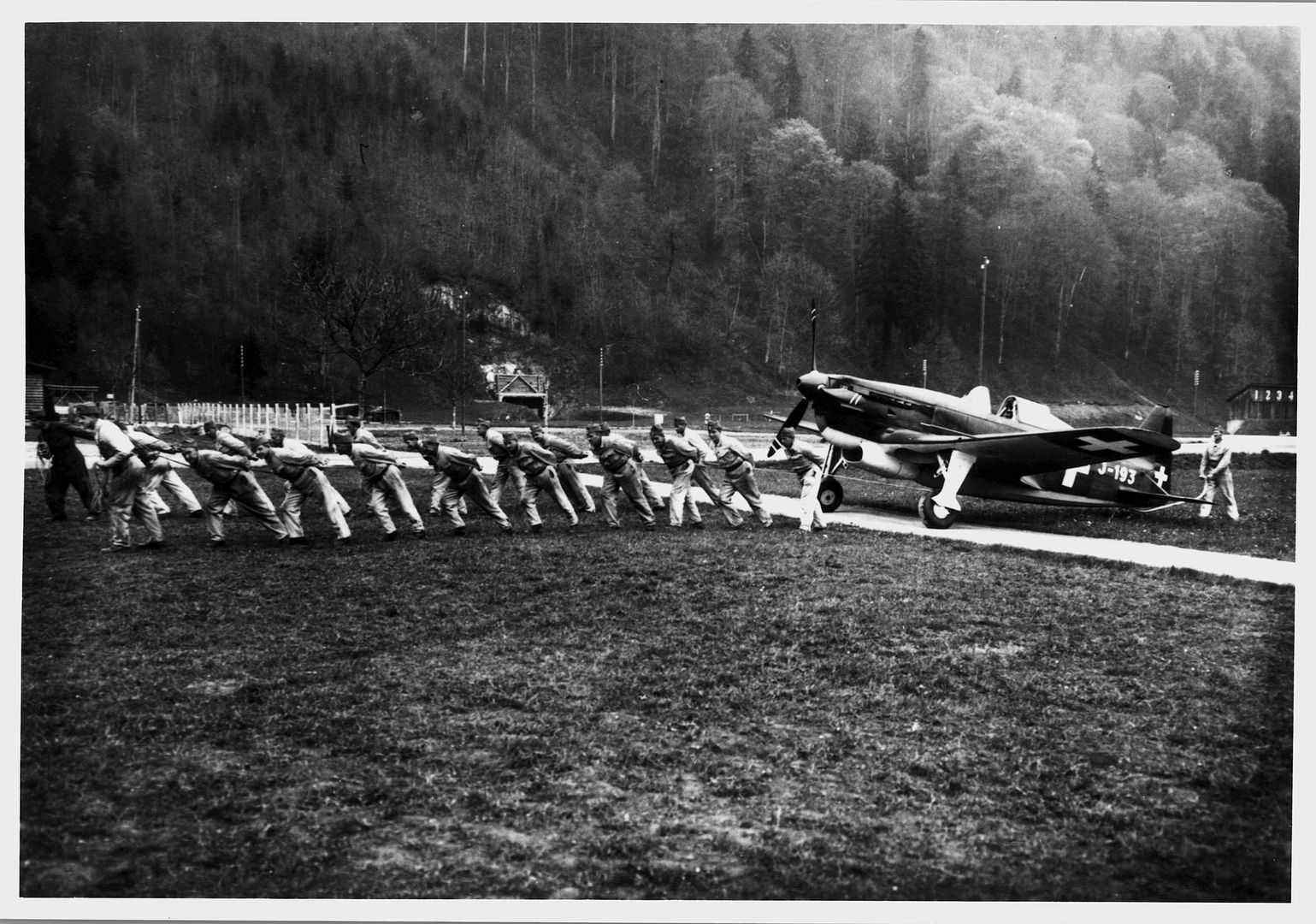


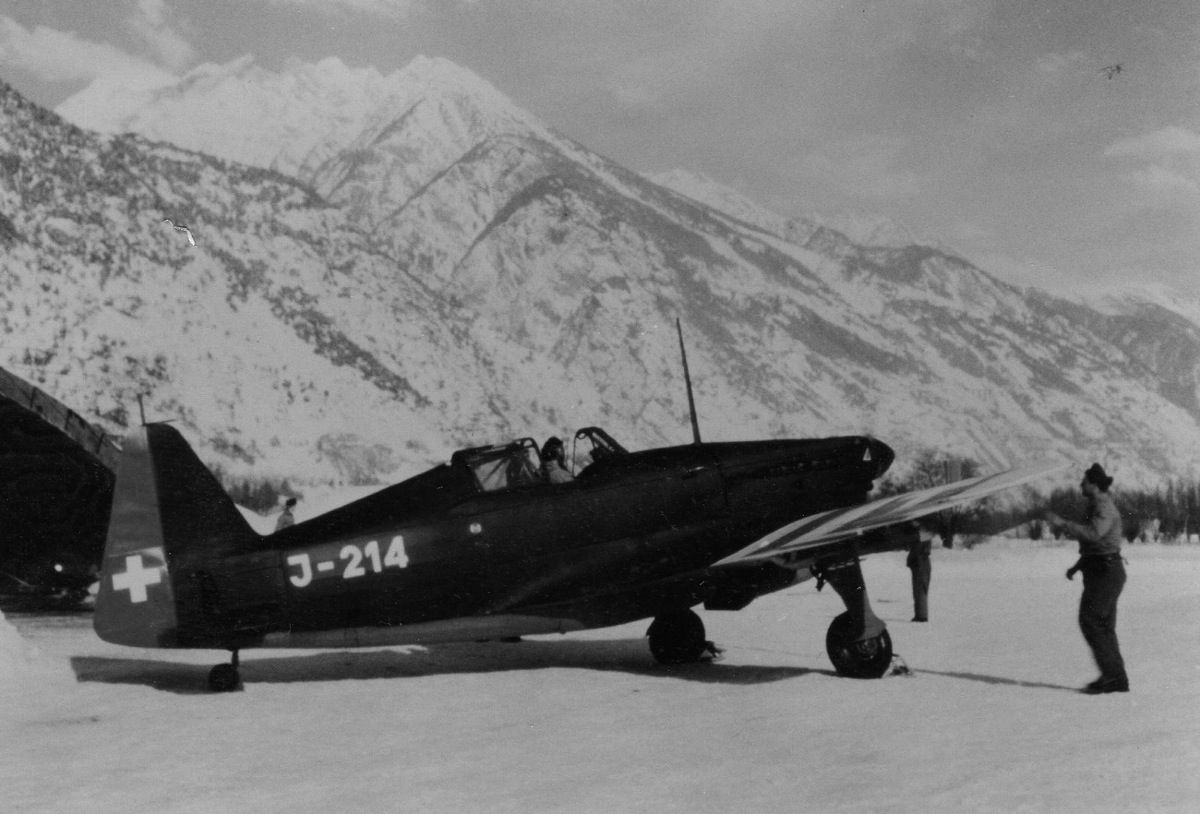
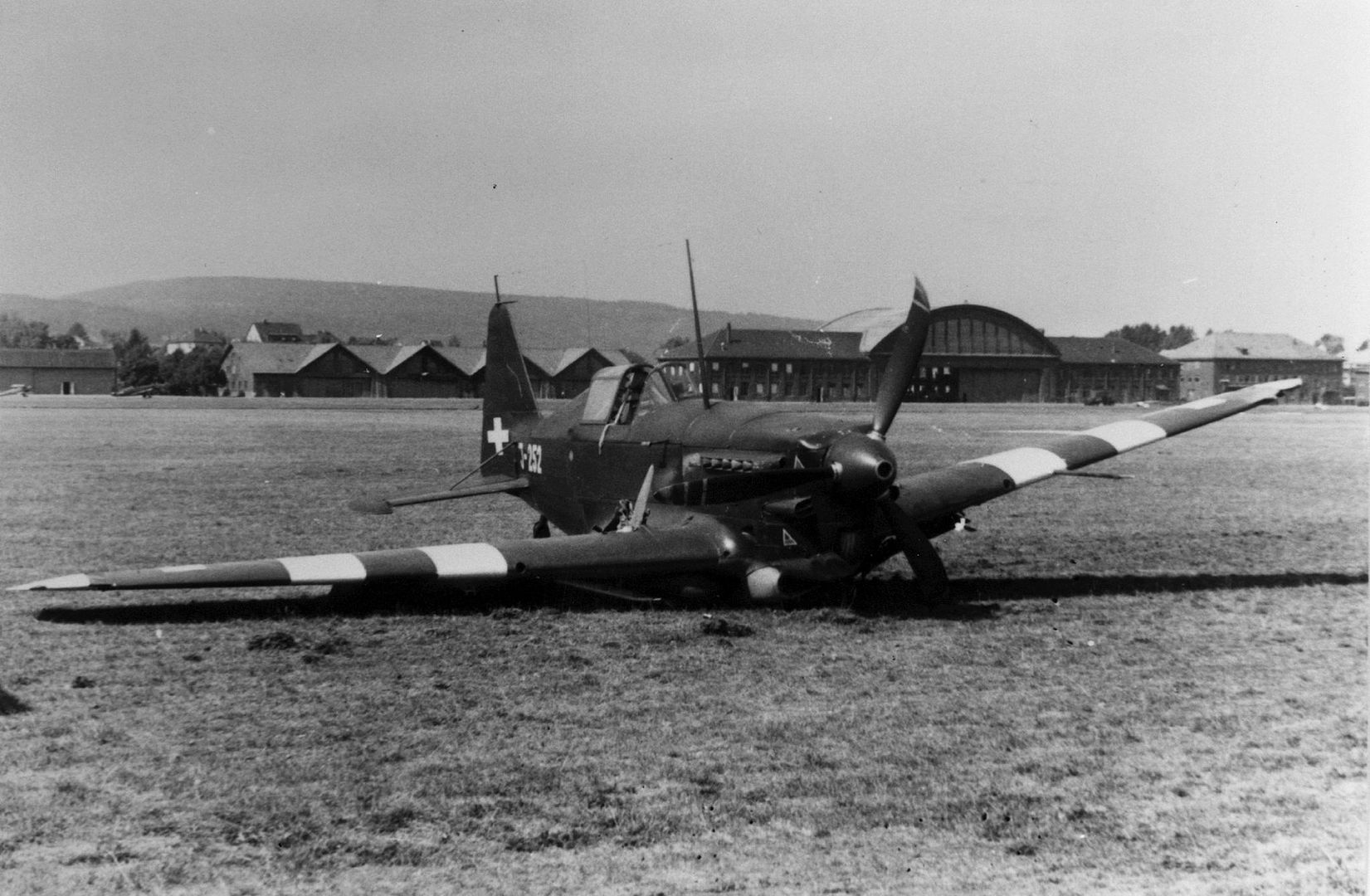
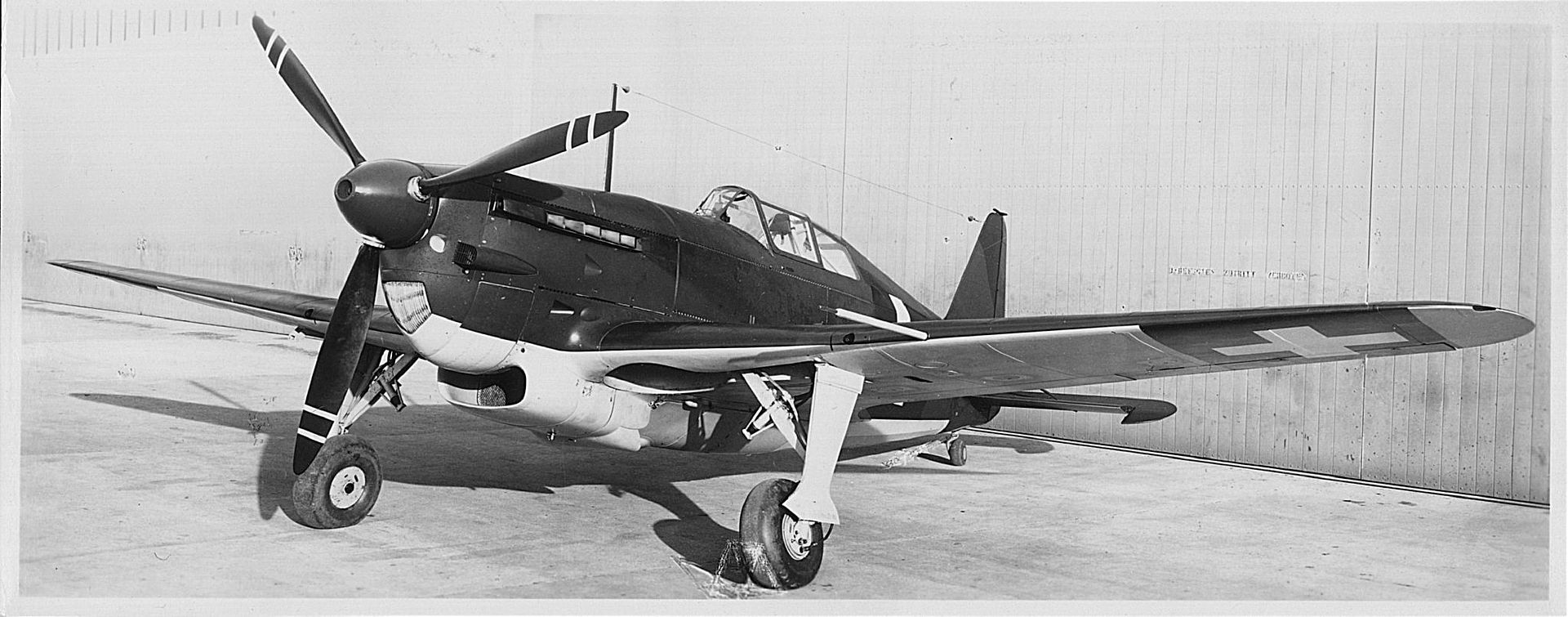



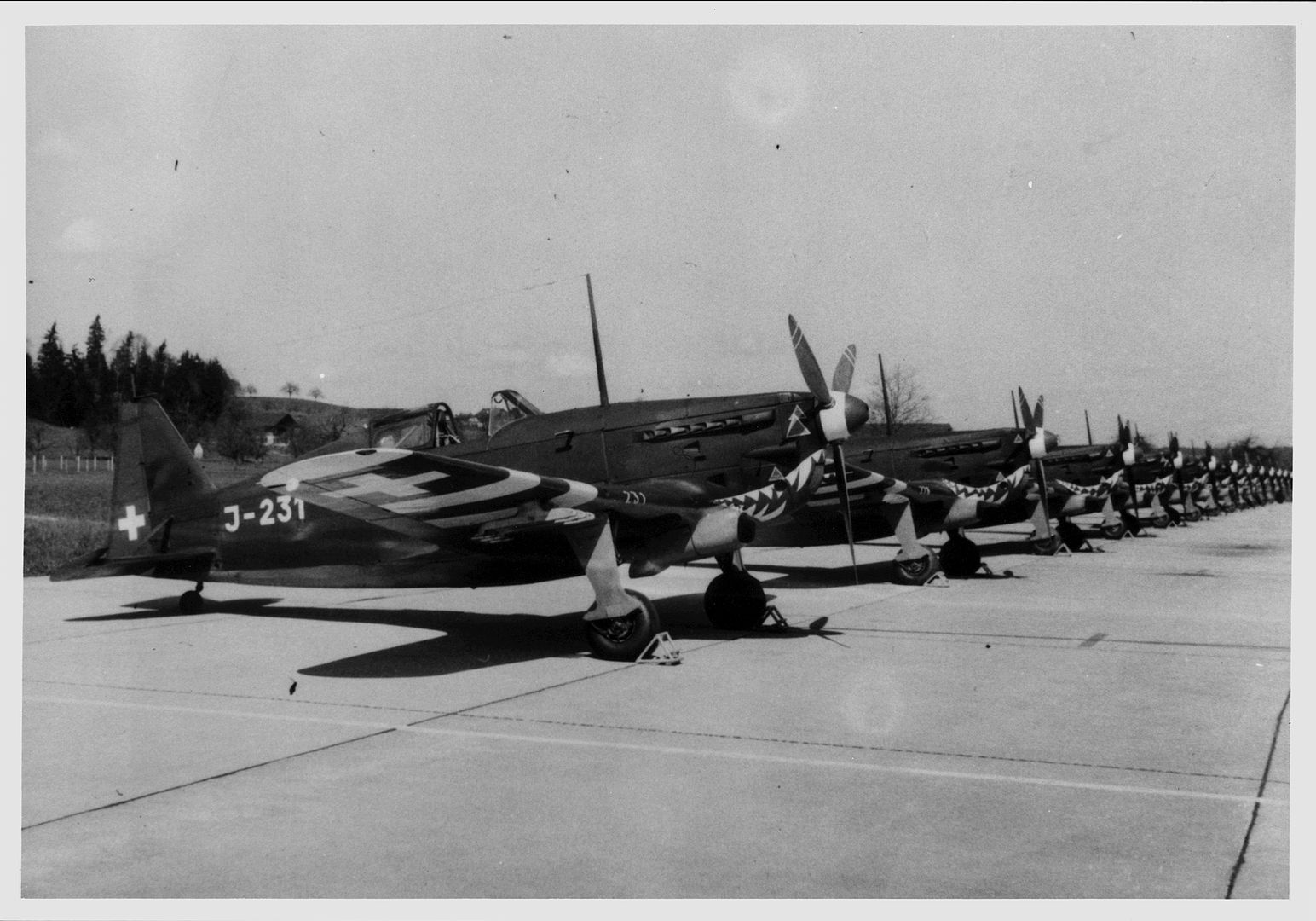
The D.3802 was based on the MS.450, emerging as the MS.540, with a Saurer YS-2 932.1 kW (1,250 hp) engine. The prototype flew in the autumn of 1944, revealing several shortcomings, but it was capable of 630 km/h (391 mph; 340 kn). 12 were produced seeing limited use with Fliegerstaffel 17 and some other units.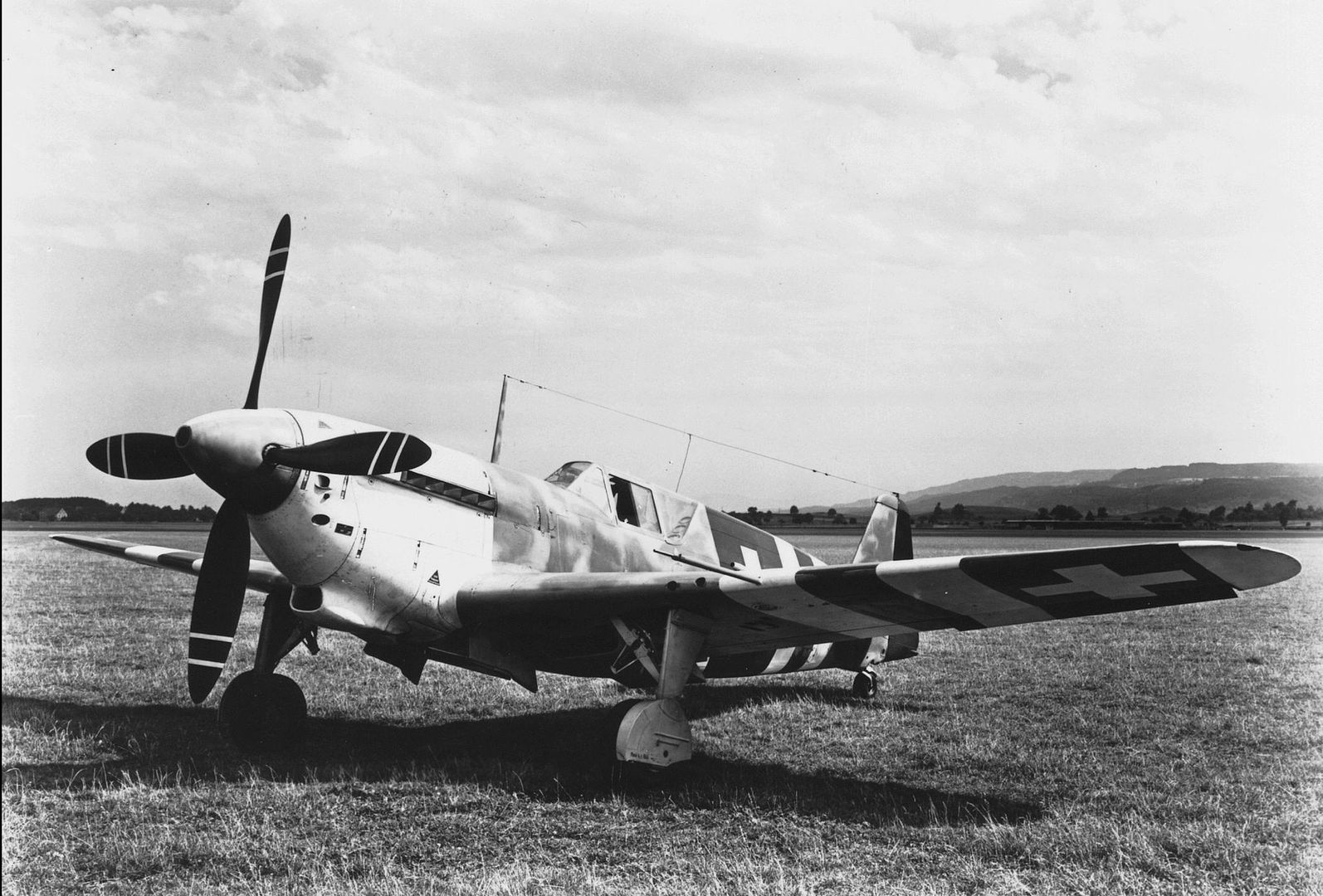

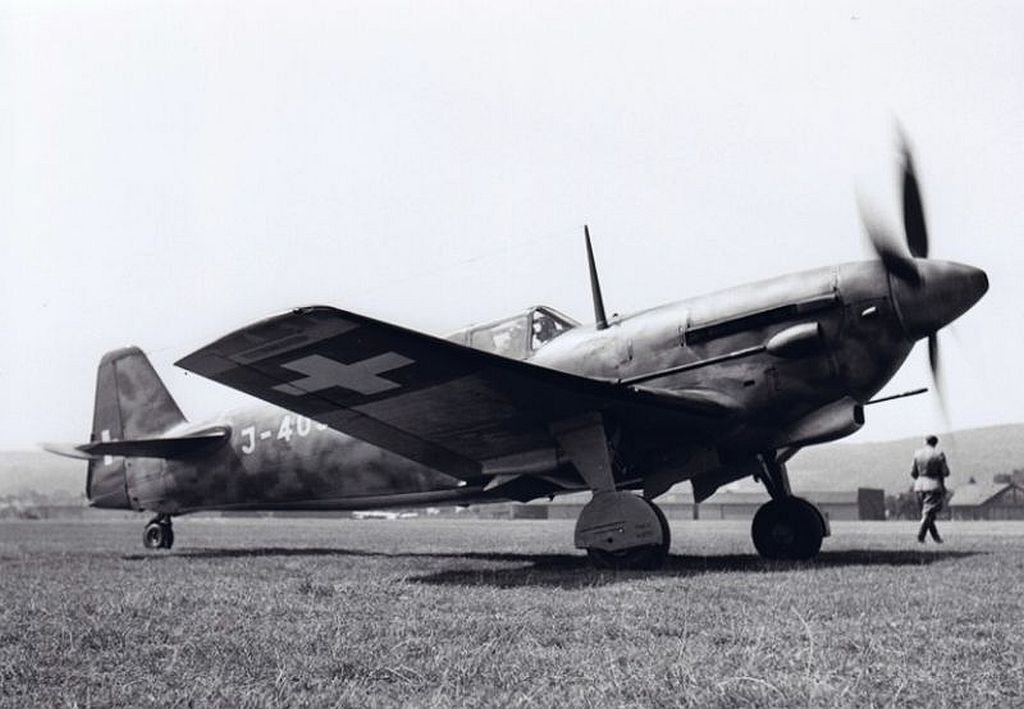

The last development of this aircraft was the D.3803, with 1,118.5 kW (1,500 hp) Saurer YS-3 engine, and modified dorsal fuselage (with an all-round visibility canopy). The D.3803 was armed with three HS-404 20 mm (0.787 in) cannon (one in the nose, two in the wings), plus up to 200 kg (441 lb) bombs and rockets. Despite not having a powerful engine, the type reached 680 km/h (423 mph; 367 kn) at 7,000 m (22,966 ft). The performance was impressive, but the last development of this 1935 fighter design had several shortcomings and was not entirely successful. Its development was halted as P-51D Mustangs became available.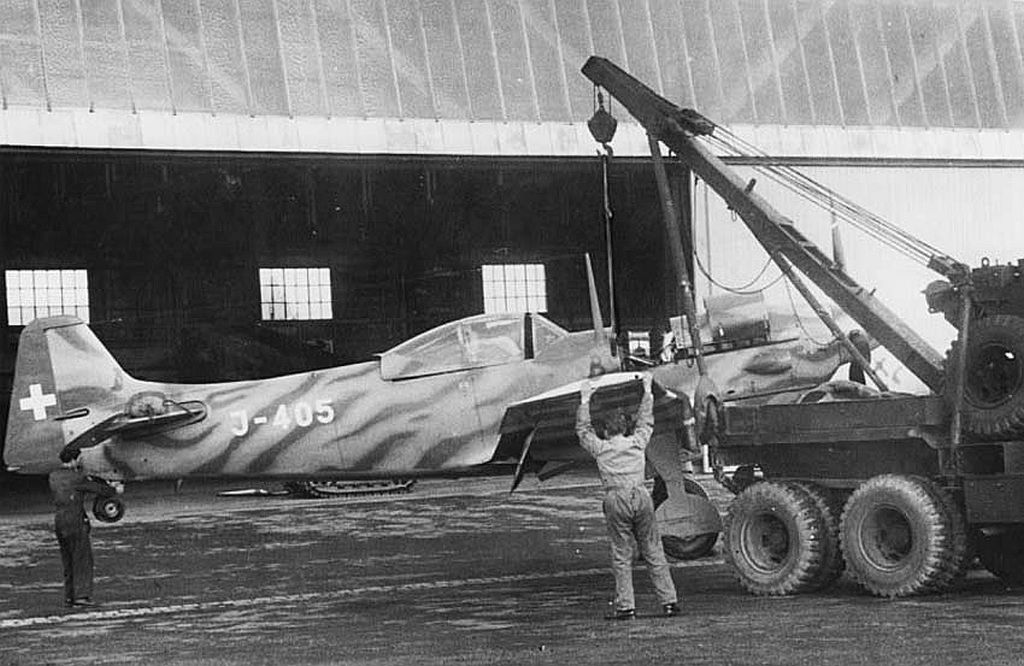
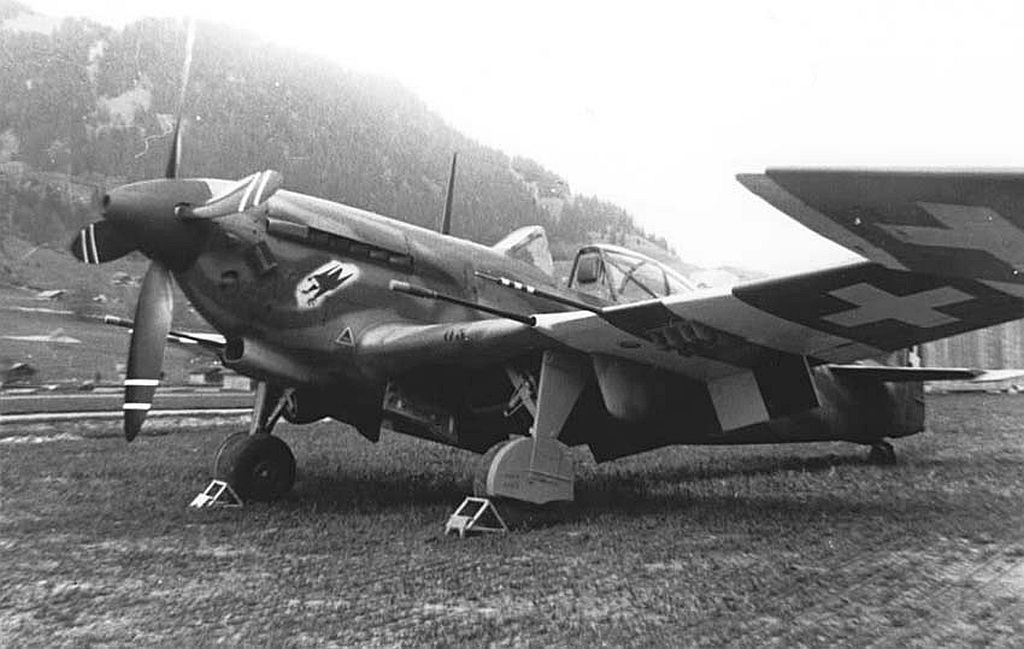
-
 Level 7Thanks Duggy
Level 7Thanks Duggy
Post a reply
- Go to Previous topic
- Go to Next topic
- Go to Welcome
- Go to Introduce Yourself
- Go to General Discussion
- Go to Screenshots, Images and Videos
- Go to Off topic
- Go to Works in Progress
- Go to Skinning Tips / Tutorials
- Go to Skin Requests
- Go to IJAAF Library
- Go to Luftwaffe Library
- Go to RAF Library
- Go to USAAF / USN Library
- Go to Misc Library
- Go to The Ops Room
- Go to Made in Germany
- Go to Campaigns and Missions
- Go to Works in Progress
- Go to Juri's Air-Raid Shelter
- Go to Campaigns and Missions
- Go to Works in Progress
- Go to Skinpacks
- Go to External Projects Discussion
- Go to Books & Resources
